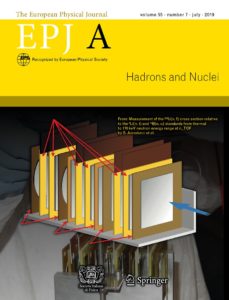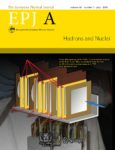 A small group of cross sections of neutron-induced nuclear reactions are known as “standards” and are known with great precision and accuracy. Standards play a key role in the measurement of neutron-induced cross sections, and in particular in the design of neutron detectors. In experimental measurements, in fact, the cross sections are not determined in absolute terms, but are obtained relative to a standard cross section. For this reason, particular attention is paid to the continuous improvement of the knowledge of the standards (angular distributions of the reaction products, energy region in which these reactions are considered standard) and to the reduction of uncertainties.
A small group of cross sections of neutron-induced nuclear reactions are known as “standards” and are known with great precision and accuracy. Standards play a key role in the measurement of neutron-induced cross sections, and in particular in the design of neutron detectors. In experimental measurements, in fact, the cross sections are not determined in absolute terms, but are obtained relative to a standard cross section. For this reason, particular attention is paid to the continuous improvement of the knowledge of the standards (angular distributions of the reaction products, energy region in which these reactions are considered standard) and to the reduction of uncertainties.
At the facility for neutron flight times n_TOF at CERN, the cross sections of the 3 standards 235U (n, f), 6Li (n, 3H) 4He and 10B (n, 4He) were measured for the first time simultaneously 7Li in a wide energy range. The detection apparatus was designed and built by INFN and consists of a stack of solid state detectors and targets of uranium, lithium and boron, placed directly on the neutron beam (as seen in the figure).
As a rule, the results of the precision measurements do not reserve particular surprises, in this case an interesting deviation from the data in the literature was observed for the cross section of 235U (n, f) in the neutron energy range accidents between 10 and 30 keV.
The details of the experiment and the results were published in the European Physical Journal A. The article was selected for the cover of the July issue of EPJ A.
Published Monday, October 14th 2019
Contacts at the INFN Section of Bologna:
Cristian Massimi and Gianni Vannini
The article: https://link.springer.com/content/pdf/10.1140/epja/i2019-12802-7


